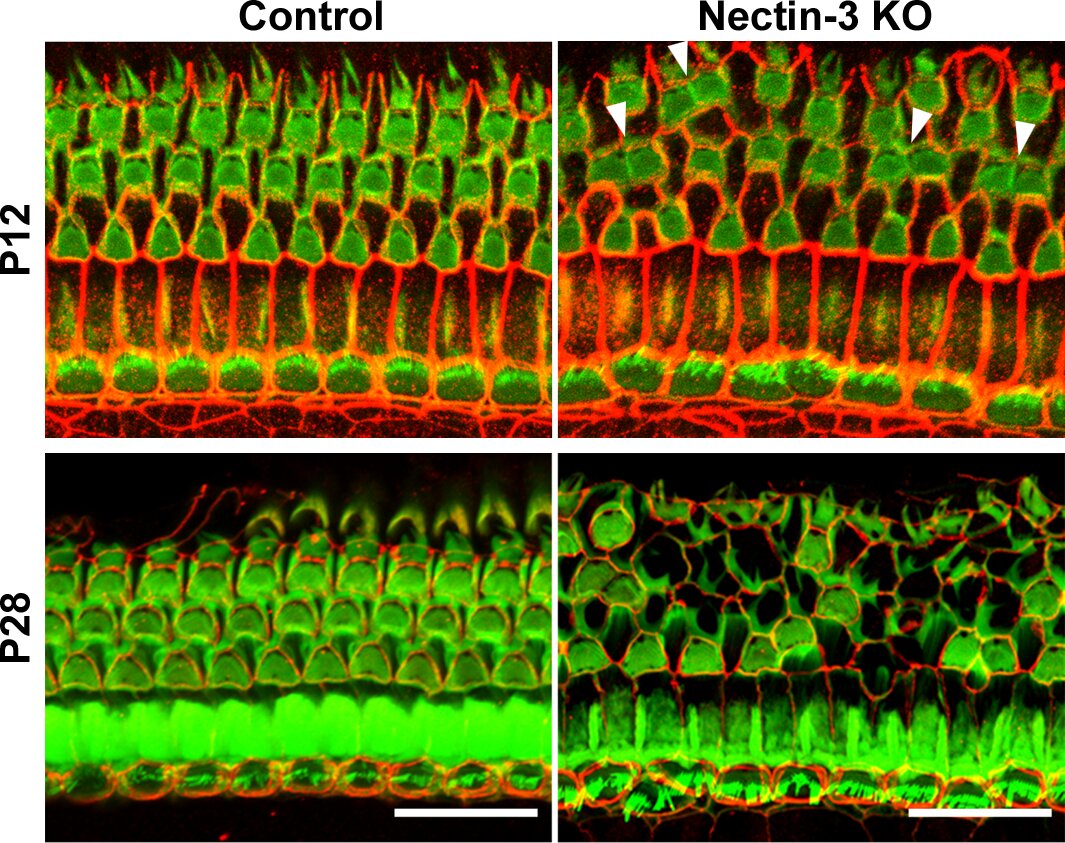
Astronomers have found a planet with the average density of a marshmallow.
As well as being a big softie, scientists found that the Jupiter-sized exoplanet would also float if hypothetically placed in a giant cosmic bathtub.
Astronomers using the Kitt Peak National Observatory Telescope in Arizona have observed an unusual planet orbiting a cool red dwarf star (more on that later).
Located about 580 light-years from Earth in the constellation Auriga the Charioteer, this planet, identified as TOI-3757 b, is the lowest-density planet ever detected around a red dwarf star.
The average density of TOI-3757 b has been calculated to be 0.27 grams per cubic centimeter (about 17 grams per cubic foot), which would make it less than half the density of Saturn (the planet with the lowest density of the solar system), about a quarter the density of water, or in fact, similar in density to a marshmallow.
NASA’s Transiting Exoplanet Survey satellite observed this planet TOI-3757-b passing in front of its star, which allowed astronomers to calculate that the diameter of the planet was about 100,000 miles (150,000 kilometers). or barely larger than that of Jupiter.
The planet completes a full orbit around its host star in just 3.5 days, 25 times less than the closest planet to our solar system, Mercury, which takes around 88 days to do so. You would think that would be enough to “roast” our marshmallow planet.
However, red dwarf stars can also be cool, or an M dwarf star.
Red dwarf stars are the smallest and darkest members of so-called main-sequence stars, stars that convert hydrogen to helium in their cores at a constant rate. Although “cool” compared to stars like our Sun, red dwarf stars can be extremely active and burst with powerful flares capable of stripping a planet of its atmosphere, making this star system a seemingly inhospitable place to form a planet. so fine.
“Giant planets around red dwarf stars have always been considered difficult to form,” says Shubham Kanodia, first author of an article published in The Astronomical Journal.
“So far this has only been examined with small samples… which have generally found giant planets further away from these red dwarf stars. Until now, we didn’t have a large enough sample of planets to find nearby gaseous planets robustly.
There are still unexplained mysteries surrounding TOI-3757 b, the biggest being how a gas giant planet can form around a red dwarf star, and especially one with such a low density. The Kanodia team, however, believe they have a solution to this mystery.
SIMILAR: Gigantic planet discovered hidden in plain sight
They propose that the extra-low density of TOI-3757 b could be the result of two factors. The first concerns the rocky core of the planet; Gas giants are thought to begin as massive rocky cores about ten times the mass of Earth, at which point they quickly pull together large amounts of nearby gas to form the gas giants we see today.
TOI-3757b’s star has a lower abundance of heavy elements compared to other M dwarfs with gas giants, and this may have caused the rocky core to form more slowly, delaying the onset of gas accretion and thus affecting the overall density of the planet.
RELATED: Huge Black Diamond Sold For $4.3 Million And Nobody Knows Where It Came From Or How It Was Formed
The second factor may be the orbit of the planet, which is tentatively considered to be slightly elliptical. There are times when it gets closer to its star than at other times, resulting in substantial excess heat that can cause the planet’s atmosphere to swell.
“Potential future observations of this planet’s atmosphere using NASA’s new James Webb Space Telescope could help shed light on its puffy nature,” says Jessica Libby-Roberts, the paper’s second author.
“Finding more such systems with giant planets, which were once thought to be extremely rare around red dwarfs, is part of our goal to understand how planets form,” Kanodia adds.
SHARE this fascinating discovery with your science-loving friends…
#Astronomers #discover #fluffy #planet #density #marshmallow



